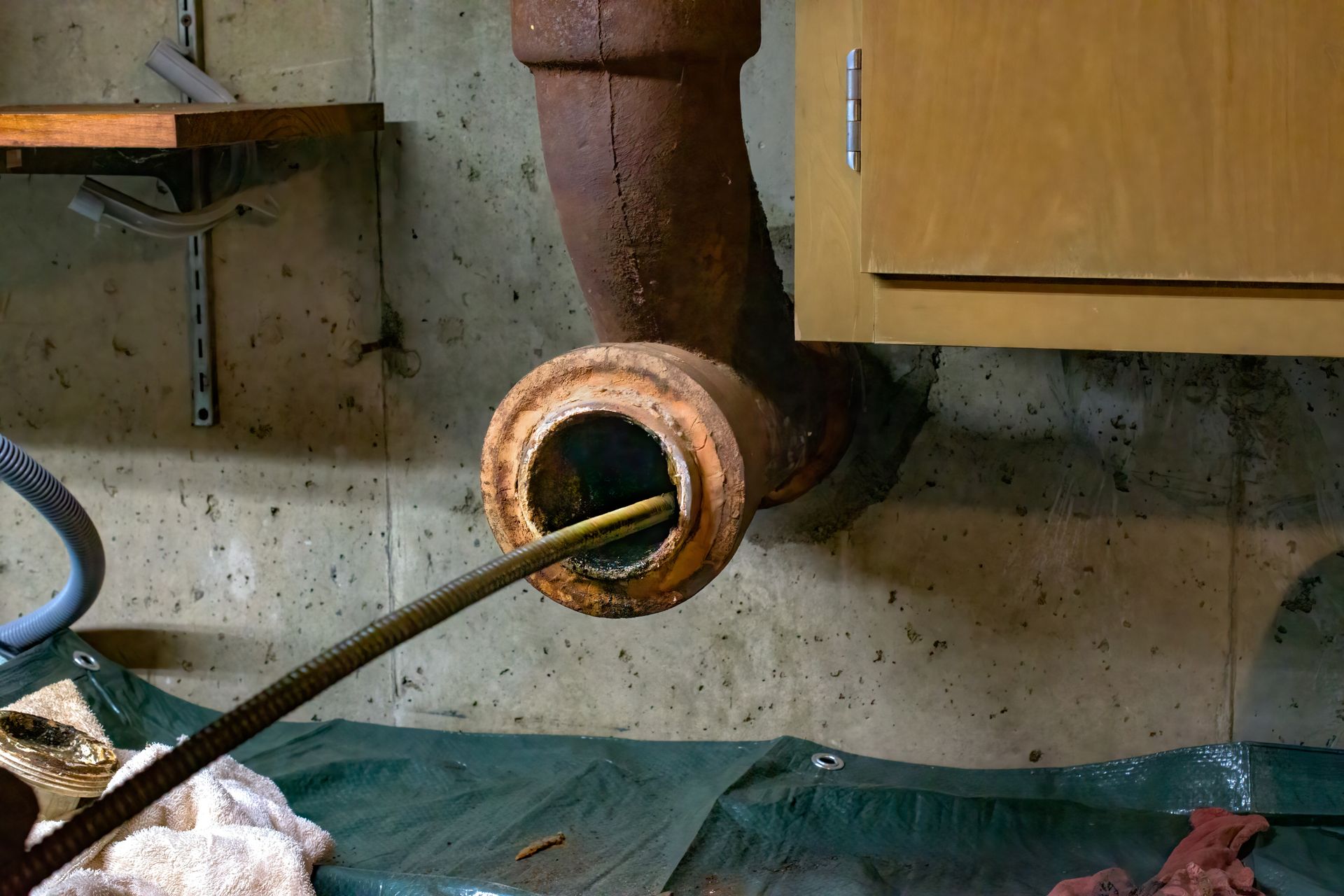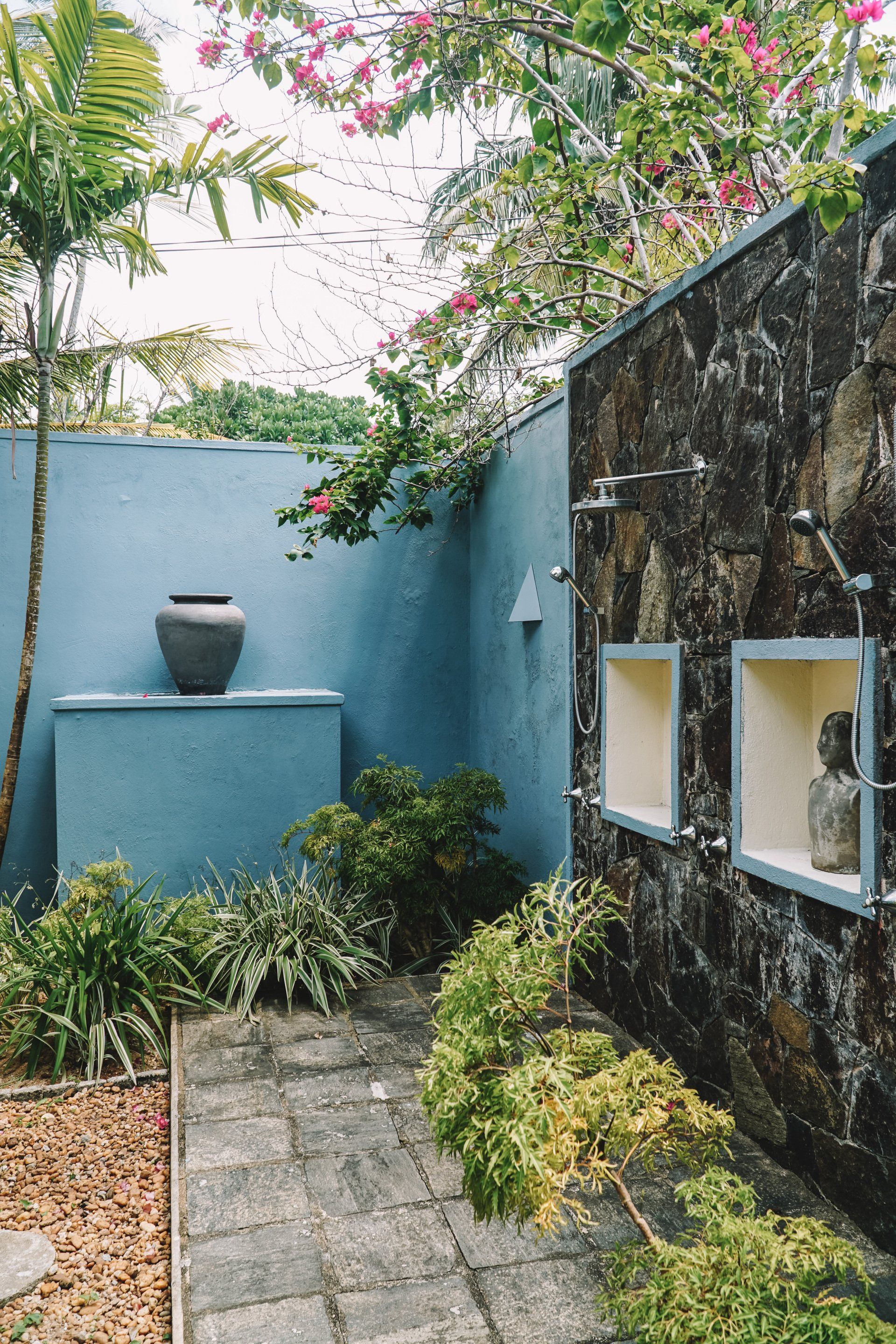Trench Drain 101: Keeping Your Floors Happy and Dry
Your Floors' Unsung Superhero

Imagine this: You're hosting a backyard BBQ, laughter floats in the air, and everyone's having a blast. Suddenly, a torrential downpour turns the water runoff from your concrete patio into a mini lake, sending guests scrambling for towels and burgers into a watery abyss. Disastrous, right?
But wait, there's a secret weapon in the world of plumbing called a trench drain, ready to save the day (and your burgers!). Think of it as a silent guardian for your floors, a superhero in a channel drain rather than a cape, stopping those watery woes before they become disasters.
Beyond Patio Party Savior: Where Trench Drains Reign Supreme
These drainage heroes aren't limited to patio duty. They flex their powers in various locations, like:
- Garages: Keep pesky car wash puddles and oil spills contained, protecting your floors and preventing slips.
- Walkways and driveways: Banish slippery sidewalks and flooded basements after heavy rain, ensuring safe passage for you and your loved ones.
- Pool decks: Block the relentless march of pool splashes and rainwater runoff, leaving your deck dry and splish-splash-worthy.
- Commercial kitchens and warehouses: Channel spills and keep floors sanitary and safe, maximizing efficiency and hygiene.
- Industrial facilities: Combat heavy-duty water flow and debris in factories and workshops, maintaining a clean and operational environment.
Trench Drain Systems: Teamwork Makes the Drainage Dream Work
Like any good superhero team, trench drains don't work alone. They assemble a squad of plumbing buddies to accomplish their watery-battling feats:
- The Trench Drain Channel: The star of the show, stretching like a mini highway for water, collecting the liquid villain, be it rain, hose spills, or car wash suds.
- The Drain Grate: The protector, shielding the channel from dirt and debris. Think of it as a trusty shield deflecting leaves and pebbles before they cause clogs.
- The Catch Basin: The underground lair captures the trapped water and connects it to the central drainage system. It's a secret hideout for the watery foe.
- The Pipes: The silent transporters channel the captured water away from your floors to a haven, like a storm drain or sewer system.
Why Your Floors Need a Drainage Sidekick:
Proper drainage is the key to happy floors, preventing a host of watery villains from causing havoc:
- Slippery Surfaces: A safety hazard, especially with kids and pets zipping around. Imagine a soapy pool deck without a trench drain – yikes!
- Mold and Mildew Growth: Nobody wants those funky smells and fuzzy patches lurking in their home. Trench drains keep that moldy monster at bay.
- Foundation Damage: Standing water weakens your home's foundation, leading to expensive repairs. Trench drains act like mini superheroes, ensuring water doesn't pool around your precious foundation.
- Floods and Puddles: Don't let your dream barbeque become a soggy nightmare. Trench drains keep the water flowing away, preserving your outdoor fun.
Calling in the Trench Drain Installers: The Plumbing Avengers Arrive
While your trench drain and drains might seem like DIY heroes, their installation often requires special plumbing magic, that's where trench drain installers, the Avengers of the drainage and installation world, come in. They wield tools and install knowledge like Captain America's shield, crafting perfect systems built to last.
Choosing the Right Drainage Squad:
Not all trench drains are created equal. Your perfect trench-side hero depends on the villain you're facing:
- Material: Polymer concrete reigns for heavy parking lot loads, while high-density polyethylene shines in residential applications. Think durable concrete tanks vs. lightweight plastic shields.
- Size and Depth: Bigger channels handle massive water flows, while shallower ones might suit tight spaces. Picture Hulk needing a wider lane than Black Widow!
- Grate Style: Choose a channel drain cover that matches your floor aesthetic and allows smooth water flow. Think sleek metal grates for modern settings or decorative grates for a touch of elegance.
The Trench Drain Installation Process: From Villain Capture to Victory Parade
Installing a concrete trench drain system is a process that involves more than one process. It's a well-coordinated operation, much like the Avengers assembling:
- Digging the Trench: The open trench becomes the villain's path to capture. Depth and width depend on the chosen channel and water flow.
- Preparing the Foundation: A gravel bed creates a stable base for the trench drain channel, like building a sturdy landing pad for Iron Man.
- Channel Placement: The hero takes its place! The channel is carefully and appropriately positioned to ensure optimal water flow.
- Pipe Connections: It's teamwork time! The pipe stud in location connects the channel to the end outlet, channeling the captured water away like Thor throwing Mjolnir.
- Grate Installation: The channel gets its shield! The drain cover (slot drain, channel drain, or decorative grate) is secured using grate locks to prevent debris infiltration.
- Concrete Pouring: Encasing the channel in galvanized steel or pour concrete provides strength and stability, like Captain America's vibranium shield.
- Joint Sealing: No escape for the watery villain! Joints are meticulously sealed to prevent leaks and ensure proper water flow.
- Final Touches: Installation brackets secure the system, and side grate locks ensure the grates stay put. Cleanup removes construction debris, leaving a clean and functional system.
Trench Drain Maintenance: Keeping Your Hero Sharp
Like any superhero, your trench drain system needs occasional maintenance to stay in top shape:
- Regular cleaning: Remove leaves, debris, and dirt from the grates to prevent clogs. Think of it as maintaining Iron Man's repulsor blasters.
- Check for leaks: Inspect joints and connections for any signs of water seepage. Early detection prevents significant damage, like Hawkeye's sharp eyes spotting trouble.
- Professional inspection: Once every few years, call in the trench drain installers for a professional check-up. They'll diagnose any potential issues and keep your drainage system running smoothly.
Beyond the Superhero Analogy: Real-World Trench Drain Benefits
While the superhero theme adds a fun twist, the benefits of trench drains are genuine:
- Prevent property damage: Protecting your floors, foundations, and driveways from water damage saves you money and stress. It's like Captain America preventing an alien invasion from destroying your city.
- Reduced flooding risk: Proper drainage ensures water flows away efficiently, minimizing the risk of flooding in basements, garages, and around buildings. This is like Thor redirecting a tidal wave away from Asgard.
- Improved safety: Slippery floors due to standing water become a thing of the past, minimizing slip-and-fall accidents. Think of it as Spider-Man preventing civilians from falling.
- Enhanced aesthetics: Trench drains come in various styles and finishes, complementing your outdoor spaces and adding a touch of modern elegance. Imagine sleek metal grates adding a contemporary touch to your patio.
- Increased property value: A well-maintained drainage system can add value to your property, making it more attractive to potential buyers. This is like Iron Man upgrading your home's armor.
From Backyards to Parking Lots: Trench Drains Save the Day (and Water)
Whether battling puddles in your driveway or preventing floods in a commercial warehouse, trench drains are the silent heroes of the drainage world. With the right trench drainage system and proper installation, you can ensure your floors stay happy, your property is protected from water runoff, and your water woes are vanquished. So, don't wait until another BBQ turns into a watery disaster. Call the trench drain installation team and let these drainage superheroes work their magic!
Request a Quote
You might also like
RIVERVIEW PLUMING PROS BLOG




